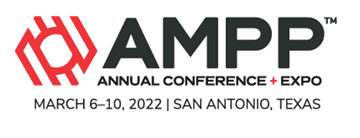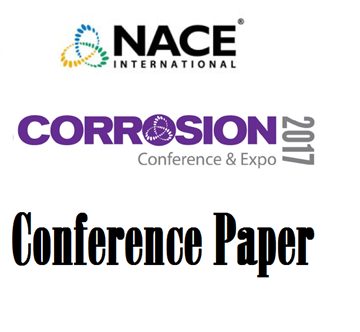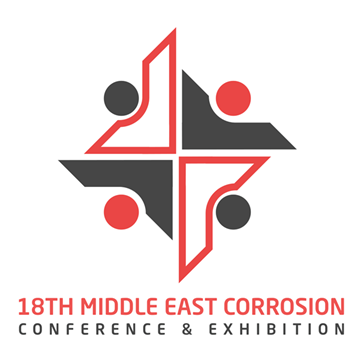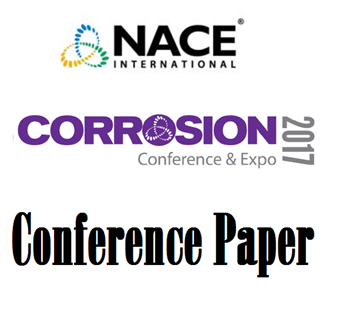Search
Products tagged with 'ccs'
View as
Sort by
Display
per page
Effect of CO in Stress Corrosion Cracking of Carbon Steel Pipelines in CCS Environments
Product Number:
51324-20647-SG
Publication Date:
2024
$40.00
Effect of TEG in Corrosion Behavior of Carbon Steel Pipelines in CCS Environments
Product Number:
51324-20648-SG
Publication Date:
2024
$40.00
Extending Asset Lifecycle With Inspections And Maintenance
Product Number:
51322-18143-SG
Publication Date:
2022
$20.00
Influence of the H2 Impurity on the Fatigue Crack Growth and Fracture in a Dense Phase CO2 Pipeline
Product Number:
51324-20721-SG
Publication Date:
2024
$40.00
Lab Performance Testing on Corrosion Inhibitors Under Supercritical Carbon Dioxide Conditions
Product Number:
51317--9474-SG
ISBN:
9474 2017 CP
Publication Date:
2017
$20.00
Methodologies to Predict the Operational Limits of Nonmetallic Materials in Well Applications:The Cases of Hydrocarbon Production and Carbon Dioxide Sequestration
Product Number:
MECC23-20049-SG
Publication Date:
2023
$20.00
Preliminary Results from the NIST Supercritical Carbon Dioxide Corrosion Test Facility
Product Number:
51317--9454-SG
ISBN:
9454 2017 CP
Publication Date:
2017
$20.00







